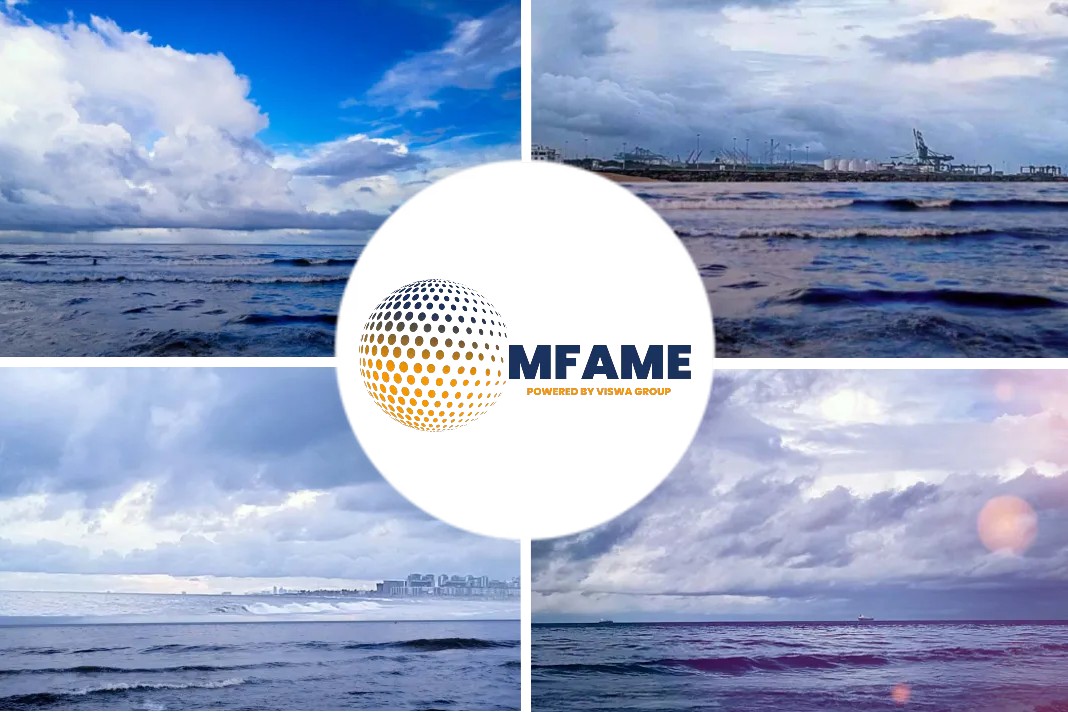Singapore is set to expand its range of multi-fuel offerings to advance decarbonization with the first methanol bunkering pilot scheduled in the third quarter of 2023, while the Maritime and Port Authority of Singapore aids the development of safety aspects and standards related to its bunkering, reports Xinde Maritime.
Decarbonization momentum
The shipping industry worldwide is accelerating its decarbonization momentum, with expectations to make further strides at the International Maritime Organization’s MEPC 80 session in July. Methanol as a marine fuel is emerging as a promising choice because of its environmental benefits, the simplicity and availability of its engine technology, as well as the presence of bunker storage infrastructure facilities globally.
The pilot exercise will be conducted in the world’s largest bunkering port with several players — Maersk Oil Trading, Mitsui & Co. Ltd., Mitsui & Co. Energy Trading Singapore, and the American Bureau of Shipping, or ABS — and will be coordinated by the port authority, the MPA said in a statement April 25.
The port authority will “work closely with the stakeholders, research community and national entities to ensure that the bunkering operation is carried out safely and securely,” it said said.
“The lessons gleaned from this bunkering operation will inform the development of processes and procedures for other maritime fuels under consideration such as ammonia and hydrogen,” it added.
The MPA will also work with other players in the maritime community to facilitate all trials and pilots of new bunker fuels, it said.
Infrastructure, safety aspects
Methanol bunkering infrastructure is already available in Singapore.
Since 2022, Singapore has completed more than 70 methanol loading and discharging operations for industrial use, measuring a total of more than 400,000 mt, the MPA said.
“These operations were conducted across 10 storage tanks at Jurong Island of varying capacities at Vopak Terminals, Stolthaven Terminal, Petrochemical Corporation of Singapore (PCS) Terminal, and Chevron Oronite Terminal”, the MPA said, adding that “these tanks can also be used to store methanol for bunkering requirements.”
The MPA is also collaborating with the maritime industry as well as research agencies to ensure that necessary safety standards and procedures for safe and efficient bunkering of new fuels such as methanol and ammonia are developed.
In particular, the MPA’s ongoing key safety studies related to methanol comprise a Working Group on standard development of methanol bunkering, a hazard identification, or HAZID, and a hazard operability, or HAZOP, study workshop, as well as a full deployment exercise, it said.
The Working Group is progressing to develop a Technical Reference, or TR, for methanol bunkering for Singapore, with discussions on the TR commencing in April and expected to be ready in 2024.
According to the MPA, the TR will cover custody transfer requirements for delivery of methanol from the bunker tanker to receiving ships, operational and safety requirements for methanol bunkering as well as crew training and competency.
In addition, the “MPA will hold a HAZID and HAZOP workshop in May with methanol bunkering trial partners, working group members and relevant government agencies to develop prevention, control and mitigation methods, as well as safety and operational readiness standards required during the bunkering operation,” it said.
The MPA will also organize a deployment exercise in the third quarter of 2023 to “validate the effectiveness of emergency preparedness, procedures and responses to methanol bunkering,” it added.
Did you subscribe to our daily Newsletter?
It’s Free! Click here to Subscribe
Source: Xinde Maritime

















